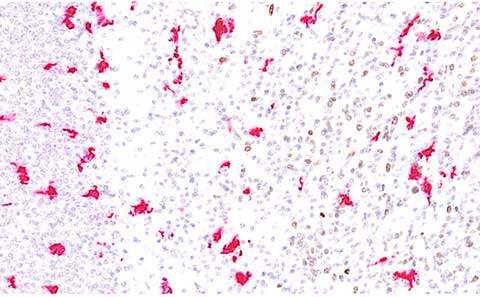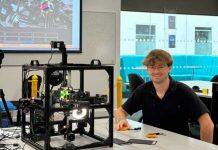New research published today by the University of Southampton shows new insight in how our brain develops, that can pave the way for treating neurological disorders.


For the first time, a team of international scientists led by the University’s Professor of Neuroimmunology, Diego Gomez-Nicola, have studied the development of the main immune cell population residing in the human brain, called microglia, on human tissue.
Microglial cells are vital in brain development and function, although most of the knowledge about them comes from studies in mice.
For this research, post-mortem human brain samples were sourced across several tissue banks to create the largest ever study on microglial development on human life, from embryonic development to advanced ageing.
The spatiotemporal dynamics of microglia across the human lifespan which has been published in Developmental Cell online, was made possible thanks to funding from the Leverhulme Trust.
Co-author, Professor Gomez-Nicola said: “We lacked the all important human data vital in exploring how the development of microglia affects how our brain works.
“We gathered the largest collection of post-mortem human brain samples ever used to study microglial development across the human life span.
“The most striking difference that we witnessed when using human tissues is that the pattern we had seen in rodent samples was not the same. We discovered that microglia develop in a very different way in humans, and undergo growth patterns which go up and down, creating waves throughout our brain development.
“Seeing the microglia create this new pattern for the first time within human tissue is an exciting breakthrough,” he said.
This information provides a new roadmap into understanding how an alteration of this process could have the potential to modify healthy brain development and suggests a re-evaluation of the existing knowledge derived from rodent studies.
Creating a study of this kind on human tissue also took time – a year was needed to locate and gather human samples. “It’s a once in a lifetime opportunity to have such rich data, so we wanted to do it once and do it well,” explained Professor Gomez-Nicola.
“Even though these results have challenged our previous findings, the good news is that now the data have been collected, we can continue our work and start a new journey into our understanding of the human brain by examining this new pattern.
“Over time, we can learn how to help both diagnose and treat neuro developmental disorders, for example, conditions such as autism or schizophrenia.”








































